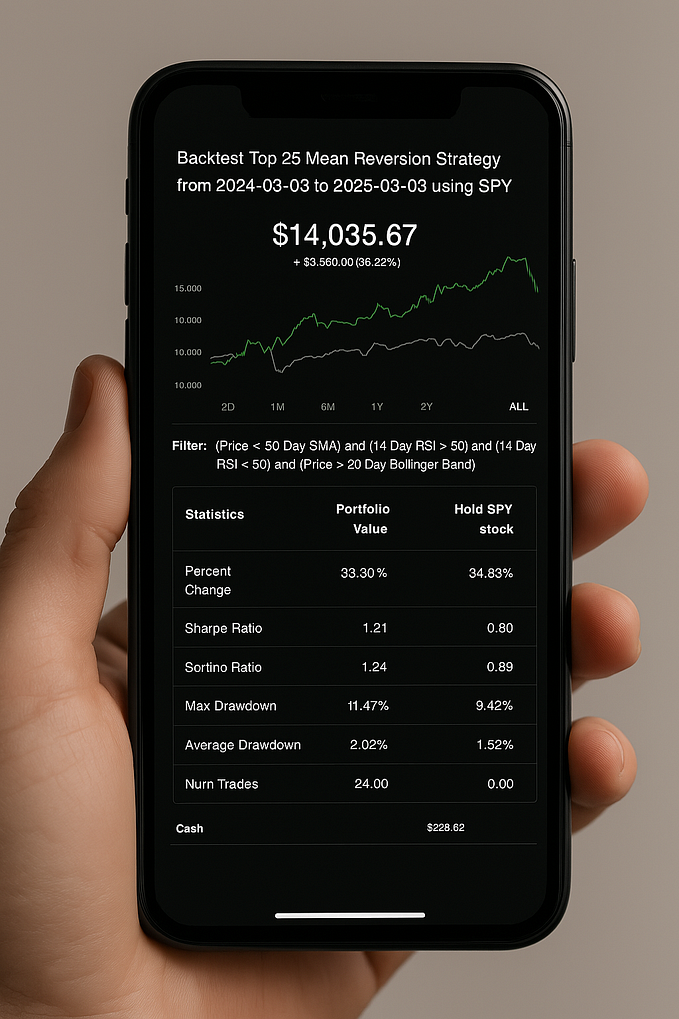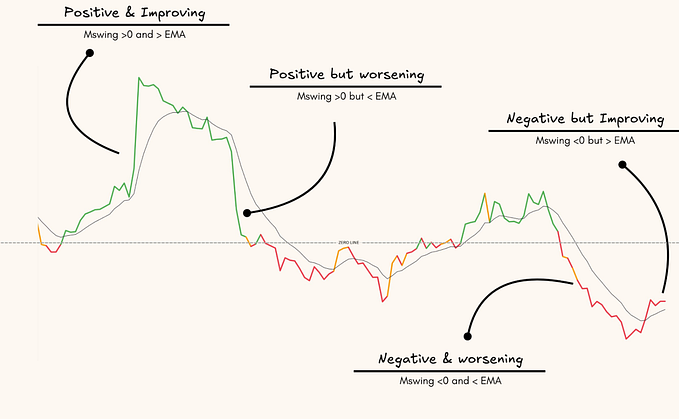Price Impact and Price Slippage Explained

For anybody who has been in crypto trading for a while understands how huge the effects of price impact and price slippage can be while trading crypto. For similar reasons, it is necessary for everyone to understand or have basic knowledge about how price slippage and price impact can affect their trading experience.
This article has the purpose of making its readers aware of these huge terms, their effects on the trading experience, and how to take primitive measures to prevent huge losses while trading in crypto. The Crypto market is very volatile and it is away advisable to be careful about the choices that you make while trading in crypto.
Now with that in mind let’s start exploring the price slippage and price impact on the crypto markets.
What is the price impact?
In the context of the cryptocurrency market, “price impact” refers to the effect that a particular trade or action has on the price of a particular cryptocurrency. Like in any other market, the price of a cryptocurrency is determined by supply and demand. When there is a change in supply or demand, it can affect the price of the cryptocurrency.
There are many factors that can influence the price of a cryptocurrency, including market conditions, news events, and regulatory developments. For example, if there is positive news about a particular cryptocurrency, it may increase demand for the cryptocurrency and cause the price to go up. On the other hand, if there is negative news or regulatory uncertainty, it may decrease demand for the cryptocurrency and cause the price to go down.
It’s worth noting that price impact can vary depending on the size of the trade and the liquidity of the cryptocurrency. In general, larger trades tend to have a greater price impact, while trades involving cryptocurrencies with low liquidity may have a smaller impact on price.
It’s also important to keep in mind that price impact can vary depending on the specific exchange or platform on which the trade is made. Different exchanges or platforms may have different levels of liquidity and market depth, which can affect the price impact of a trade.
What is the price slippage?
In the context of the cryptocurrency market, “price slippage” refers to the difference between the expected price of a trade and the actual price at which the trade is executed. It occurs when there is a difference between the expected price of a trade and the current market price of the asset being traded.
Price slippage can occur for a variety of reasons, including changes in market conditions, low liquidity, or large trades. For example, if the market price of a cryptocurrency changes significantly between the time a trade is placed and the time it is executed, it can result in price slippage. Similarly, if a trade involves a large volume of an asset with low liquidity, it may result in price slippage as there may not be enough buyers or sellers in the market to match the trade at the expected price.
In general, price slippage can be more significant for trades involving large volumes or assets with low liquidity. It’s important for traders to be aware of the potential for price slippage, as it can affect the overall profitability of a trade. Some traders may try to minimize the risk of price slippage by using limit orders or trading on exchanges with higher liquidity.
What is the relation between price impact and price slippage in crypto?
In cryptocurrency trading, price impact refers to the effect that a trade has on the price of a cryptocurrency. Price slippage, on the other hand, refers to the difference between the expected price of a trade and the actual price at which the trade is executed.
Price impact and price slippage are often related, as larger trades can have a greater impact on the price of a cryptocurrency and may result in greater price slippage. For example, if a trader places a large buy order for a cryptocurrency, the demand for the cryptocurrency may increase, which can cause the price to rise. This increase in price may result in price slippage for the trader, as the actual price at which the trade is executed may be higher than the expected price.
The size of the trade, the liquidity of the market, and the current market conditions can all affect the price impact of a trade.
It’s important to consider both price impact and price slippage when making trades, as they can both have an impact on the profitability of a trade. Traders may choose to use limit orders or other strategies to try to minimize price slippage and reduce the impact of their trades on the market.
What are the formulas to calculate price impact and price slippage?
There are a few different formulas that can be used to calculate price impact and price slippage:
Price impact formula:
The price impact for any trade, in general, can be calculated using the following formula:
Price impact = (Trade size / Market volume) x Market impact factor
Where:
- Trade size is the size of the trade (e.g. the number of units being bought or sold)
- Market volume is the total volume of trades being made in the market
- The market impact factor is a factor that represents the sensitivity of the market to changes in supply and demand
Price slippage formula:
The price slippage of a trade can be calculated using the following formula:
Price slippage = (Actual price — Expected price) / Expected price
Where:
- The actual price is the price at which the trade was actually executed
- The expected price is the price at which the trader expected the trade to be executed.
Now let’s see the ways in which we can prevent huge losses from happening in the crypto trade by employing a few strategies and moving forward with the crypto trade a little bit cautiously.
List all strategies for reducing price slippage and price impact
Here are a few strategies that traders can use to try to reduce price slippage and price impact:
Use limit orders: Limit orders allow you to specify the maximum price you are willing to pay for a cryptocurrency or the minimum price at which you are willing to sell. By using limit orders, you can ensure that your trade is executed at a specific price or better, which can help to minimize price slippage.
Break up large trades into smaller ones: Instead of placing a single large trade, you can break it up into smaller trades. This can help to reduce the impact of your trade on the market and may result in less price slippage.
Use limit order books: Limit order books display the current buy and sell orders for a cryptocurrency. By using a limit order book, you can see the current market demand and supply and place your orders accordingly to try to minimize price impact and price slippage.
Use trading algorithms: Trading algorithms are programs that can automatically place trades based on predetermined criteria. Some algorithms are designed to minimize price impact and price slippage by breaking up large orders into smaller ones or by using advanced trading strategies.
Use market makers: Market makers are traders or firms that stand ready to buy and sell a cryptocurrency at any time, helping to create liquidity in the market. By using a market maker, you may be able to minimize price impact and price slippage, as market makers can help to smooth out price fluctuations and reduce volatility.
Use low-volume exchanges: Exchanges with lower trading volumes may be less likely to experience price slippage and price impact, as there may be fewer buyers and sellers available to match trades.
Trade on exchanges with high liquidity: Exchanges with high liquidity tend to have narrower spreads between the bid and ask prices, which can reduce price slippage. Trading on a more liquid exchange may also reduce the overall price impact of a trade.
Use a trading bot: Trading bots can help you execute trades automatically, potentially reducing the price impact of your trades. However, it’s important to carefully research and test any trading bot before using it to ensure that it is reliable and suitable for your needs.
Trade in smaller sizes: If you are concerned about price impact and price slippage, you may want to consider trading in smaller sizes. This can help you minimize the impact of your trades on the market and reduce the risk of experiencing significant price slippage.
Use a portfolio of cryptocurrencies: Diversifying your portfolio across a range of cryptocurrencies can help you spread your risk and potentially reduce the overall impact of any one trade.
Keeping the above points in mind traders can make sure their price impact and price slippage are ideally zero or close to zero while making any kind of trade.









